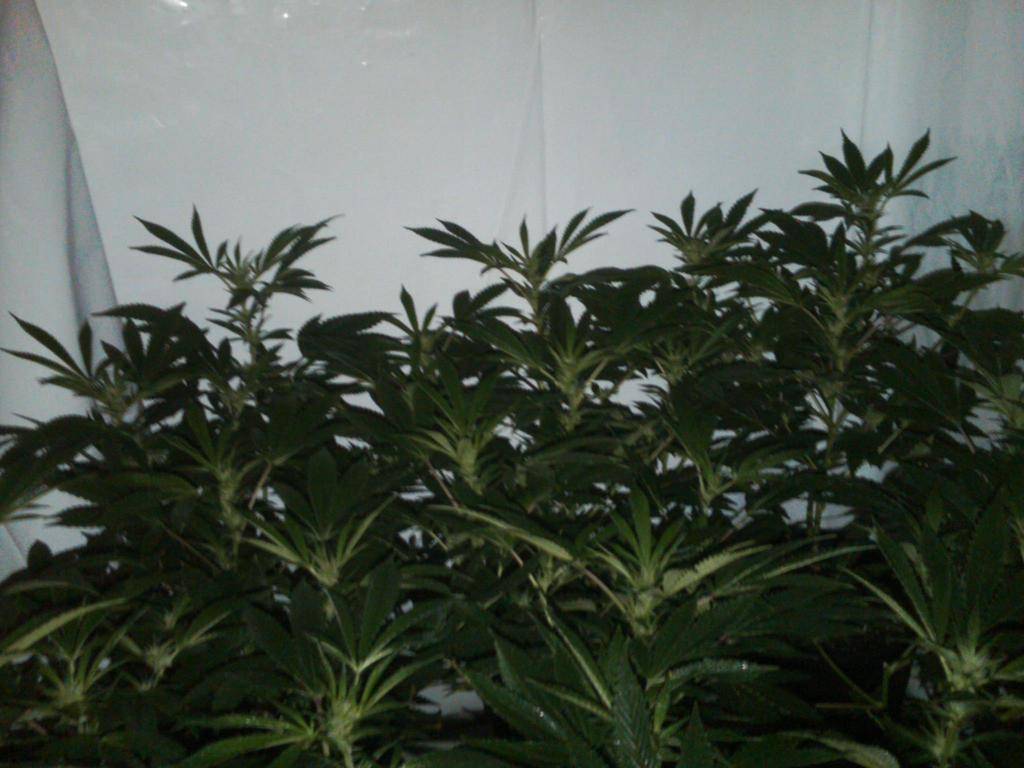BigBudBill
Active member
I got these clones from a collective close by. Supposed to be chem 4 from a reputable source. I have never grown this strain but these plants stink(like chem dried buds) even before flowering!
These plants were vegged outside for 3 weeks while waiting for my grow room to be finished. The plants were topped after 1 week of veg. The light was flipped to 12/12 on 7-10 and I did some minor pruning.
400w HPS
FFOF/Perlite mix 9x 2G pots
Day temps 75F-80F
Day RH 55%
Night temps 70F-74F
Night RH 60-65%
Day 2


Day 11

Day 15

Day 21



These plants were vegged outside for 3 weeks while waiting for my grow room to be finished. The plants were topped after 1 week of veg. The light was flipped to 12/12 on 7-10 and I did some minor pruning.
400w HPS
FFOF/Perlite mix 9x 2G pots
Day temps 75F-80F
Day RH 55%
Night temps 70F-74F
Night RH 60-65%
Day 2
Day 11
Day 15
Day 21
Last edited:



